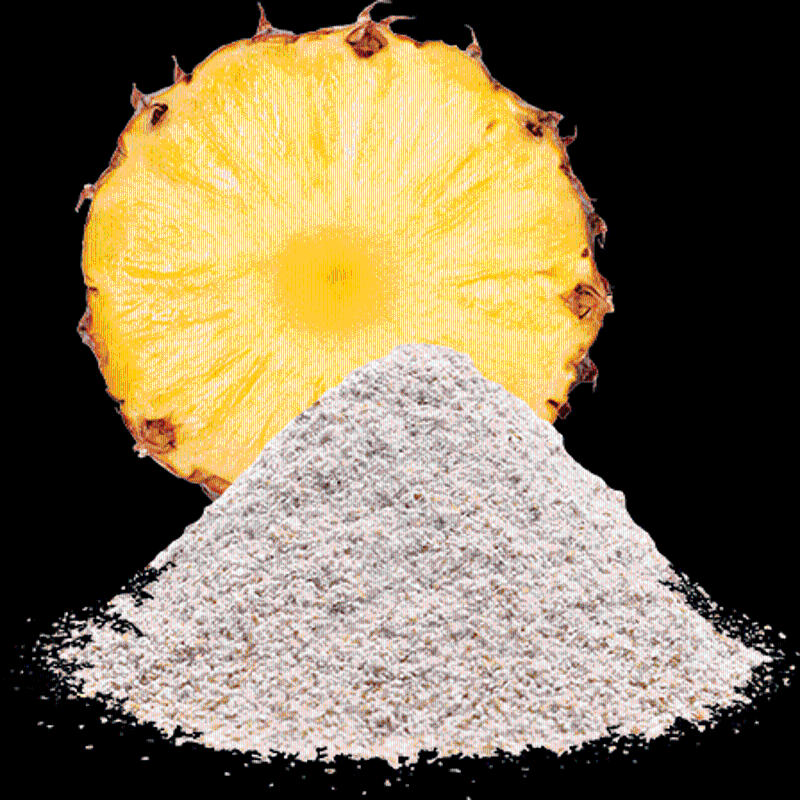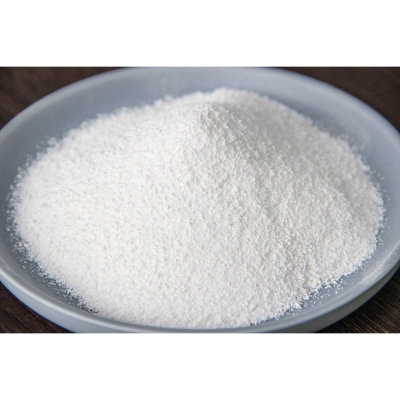-
Categories
-
Pharmaceutical Intermediates
-
Active Pharmaceutical Ingredients
-
Food Additives
- Industrial Coatings
- Agrochemicals
- Dyes and Pigments
- Surfactant
- Flavors and Fragrances
- Chemical Reagents
- Catalyst and Auxiliary
- Natural Products
- Inorganic Chemistry
-
Organic Chemistry
-
Biochemical Engineering
- Analytical Chemistry
-
Cosmetic Ingredient
- Water Treatment Chemical
-
Pharmaceutical Intermediates
Promotion
ECHEMI Mall
Wholesale
Weekly Price
Exhibition
News
-
Trade Service
Sports nutrition food is a kind of functional food related to sports
Polypeptides and Branched Chain Amino Acids
Studies have confirmed that the active polypeptides obtained by enzymatic hydrolysis of many proteins have better functional properties than proteins
Supplementing a certain amount of branched-chain amino acids during exercise can delay the occurrence of fatigue, promote the utilization of amino acids in muscle tissue, save muscle glycogen, and reduce muscle breakdown
In addition, studies have shown that branched-chain amino acids can reduce free radical damage caused by exercise, reduce blood lactate concentration after exercise, have a certain effect on physical recovery after exercise, and improve the body's exercise capacity
Glutamine is a non-essential amino acid and the precursor of various amino acids.
Studies have confirmed that soybean peptides, peanut peptides, maca peptides, rice dregs peptides, glutathione, etc.
plant active substances
In recent years, many plant active substances have been found to have anti-exercise fatigue properties and can be applied to sports nutrition foods
In terms of plant polysaccharides, chestnut polysaccharide can significantly improve exercise endurance, reduce the content of blood lactic acid and blood urea nitrogen after exercise, and increase the content of muscle glycogen and liver glycogen; jujube polysaccharide can prolong the weight-bearing swimming time of mice and increase liver glycogen.
Beet red pigment can prolong the swimming time of mice under load, reduce the content of blood lactic acid and serum urea nitrogen, accelerate their clearance rate, increase the content of liver glycogen and muscle glycogen, and has anti-fatigue effect; rose anthocyanin can significantly prolong the swimming of mice At the time of exhaustion, blood lactic acid content in serum and skeletal muscle was reduced; soybean isoflavones significantly prolonged the swimming exhaustion time of mice, increased serum free fatty acid content, and decreased blood lactic acid and urea nitrogen; Houttuynia cordata flavonoids can significantly prolong Weight-bearing swimming time of mice, clear blood lactic acid accumulation, slow down the decomposition of nitrogenous substances after exercise, increase the reserve of liver glycogen in exercise mice, and have anti-fatigue activity; Gorgon seed bark polyphenols have anti-fatigue and improve hypoxia tolerance Tea polyphenols can prolong the exhaustion time of rats, reduce the content of urea and blood lactate in rats after exercise, and improve the activity of blood lactate dehydrogenase
Taurine
Taurine can maintain the stability of the membrane structure and regulate the osmotic balance, and has a preventive effect on the lipid peroxidation of the cell membrane, and is an important cytoprotective agent
The free radicals generated by the body during exercise increase, and the free radicals can cause lipid peroxidation in the biofilm in the body, thereby reducing the exercise capacity, while taurine can increase the vitality of the antioxidant enzyme system in the body, thereby enhancing the body's antioxidant capacity.
In addition, taurine can effectively regulate the imbalance of Ca2+ homeostasis, exercise fatigue can lead to lipid peroxidation and Ca2+ homeostasis, and taurine has a good effect on it
In recent years, more extensive research has been carried out on the functional components of sports nutrition such as polysaccharides, polyphenols, and pigments.
(Source: Food and Drug Technology Research)
"China Food News" (July 12, 2021, 06 edition)
(Editor-in-charge: Yang Xiaojing)







